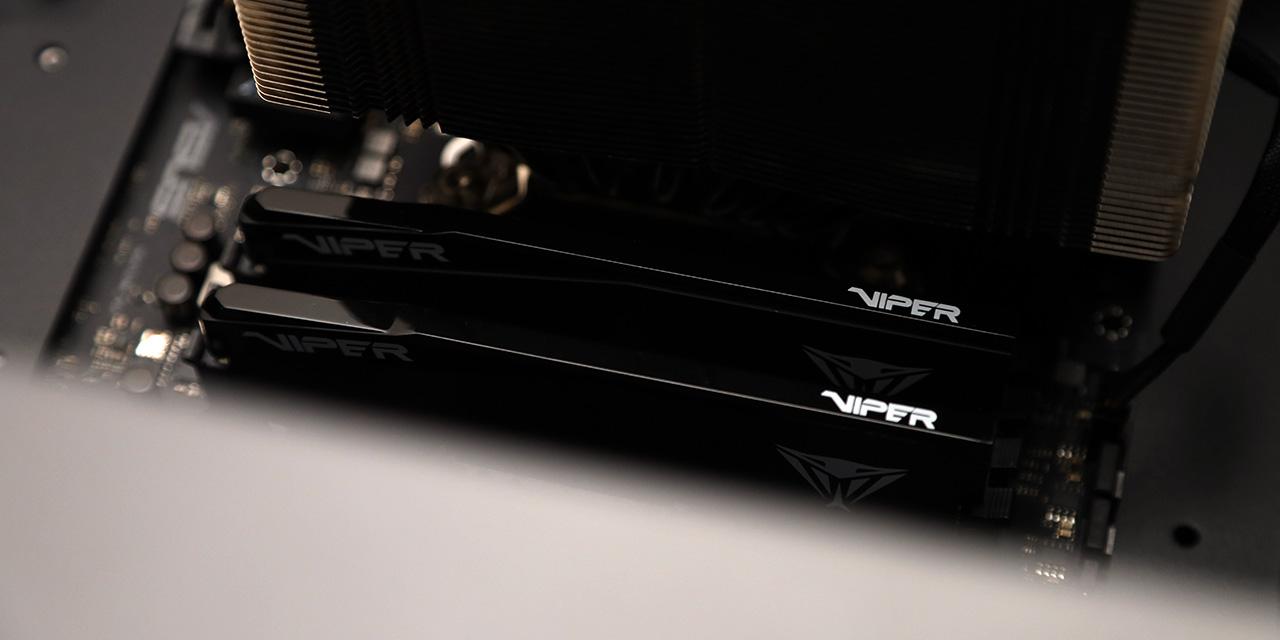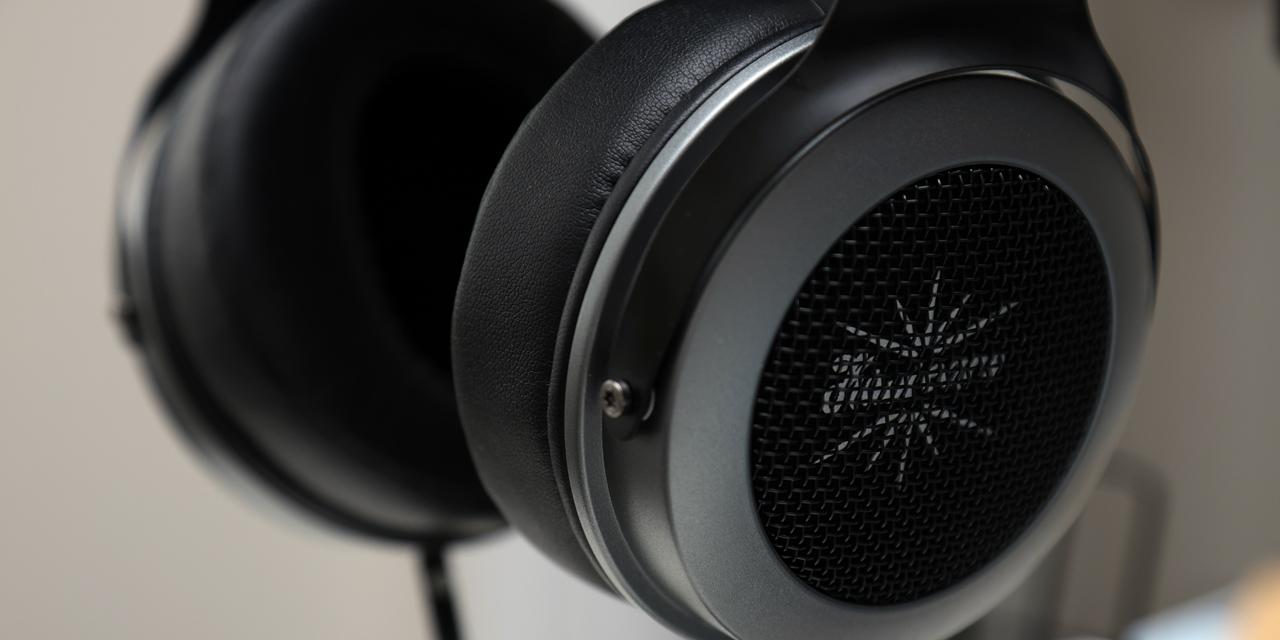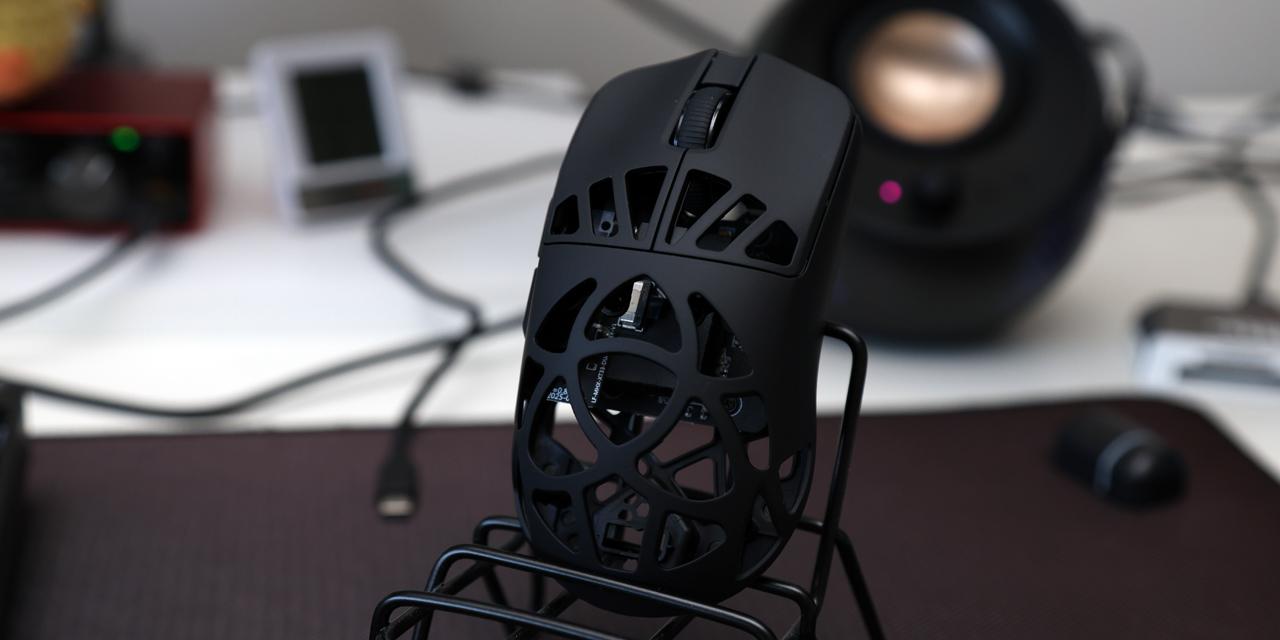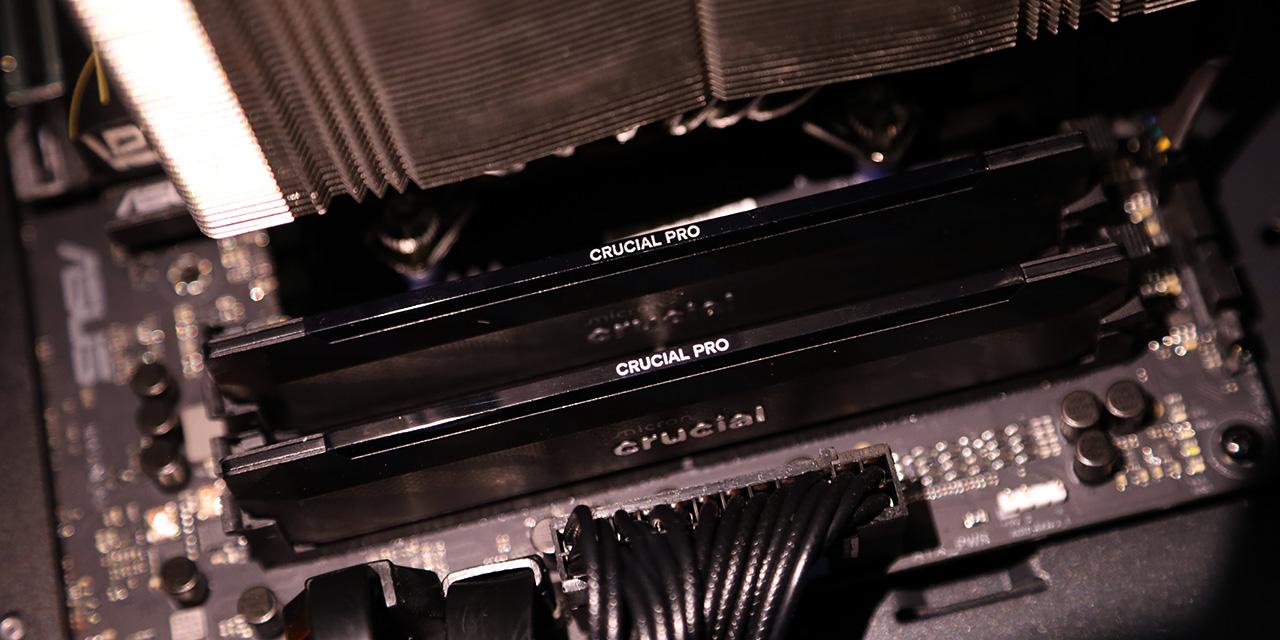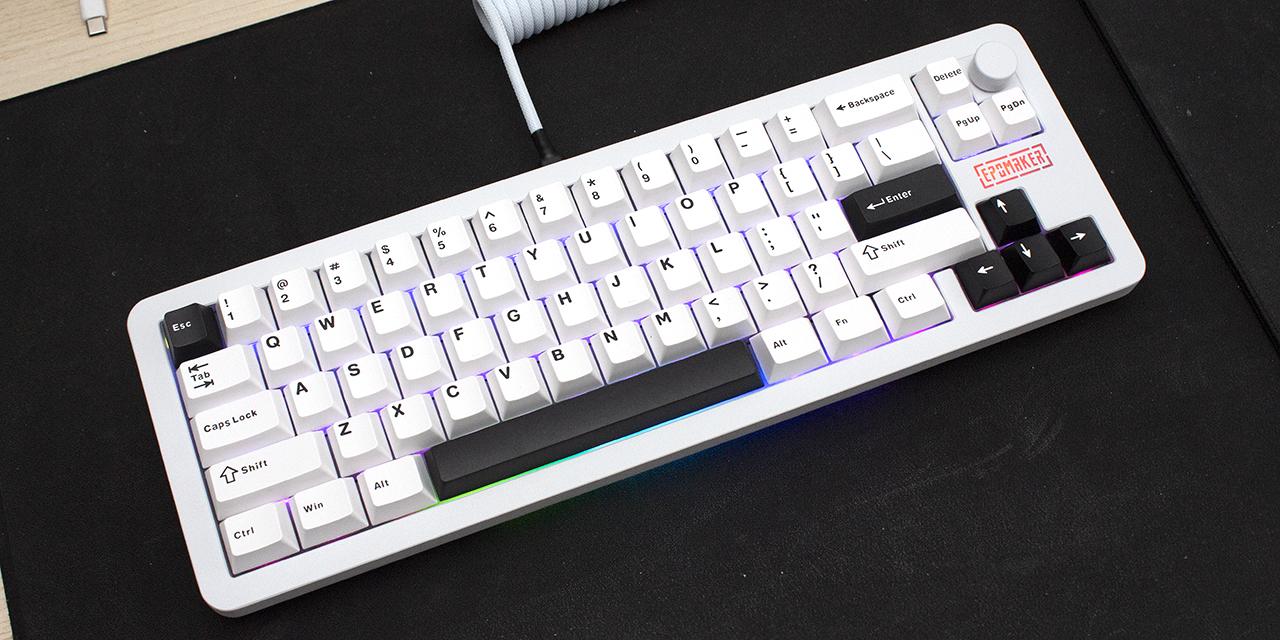Page 3 - Physical Look - Inside

As expected, I opened my SilverStone Triton 1000Rz 1000W power supply to take a detailed look at what is going on inside. Please note that doing this at home may void your three-year warranty thanks to a seal that extends over one of the screws to get inside. But for the benefit of you, we cracked ours open, so you do not need to. There are no user serviceable parts inside, so I would not recommend doing so regardless. Disassembling the SilverStone Triton 1000Rz 1000W is quite straightforward with the removal of four screws next to the fan mount.
Our photo above shows an overhead view of its internal components. Its OEM is Channel Well Technology or CWT, a reputable OEM that has been around since 1993. The SilverStone Triton 1000Rz 1000W is built on the GPX Platform. It features an LLC full bridge topology with DC-to-DC converters. The build quality of our Triton 1000Rz 1000W appears to be good from an initial glance. There are three black heatsinks located on the primary side. Two smaller sized heatsinks in their original aluminum finish reside on the secondary side.

If we start at the transient filter stage, there is a total of two X-capacitors and four Y-capacitors near or around the AC receptacle. This is two times the amount of X and Y capacitors necessary, which is nice to see. In addition, we have two ferrite coils, a NTC thermistor, and a metal oxide varistor. The MOV helps with suppressing voltage spikes.

On the primary side, there is one Japanese-made Nippon Chemi Con KMR capacitor. It is rated for 680µF x 400V. It is rated at 105c, whereas more value-oriented power supplies often use 85c rated capacitors. The active PFC circuit featured on the SilverStone Triton 1000Rz 1000W uses two Diodes Incorporated GBU1006 bridge rectifiers on one side of the large primary heatsink. At 115V, the maximum rectified forward current capacity with heatsink is 10A each, so you can theoretically pull up to 2300W (10A * two diodes * 115V) from the bridge rectifier at 100% efficiency. Of course, this is limited by the fact that it is not 100% efficient and neglects the fact that not every component in the system is able to keep up.

Further down the line, we can see two active PFC MOSFETs in the form of WayOn WML53N60C4 power transistors. Each one is certified for up to 50A at 25c and 26A at 100c. These transistors present a typical resistance of 60mΩ when turned on according to the manufacturer's data sheet. This on characteristic is called Static Drain-Source On-Resistance, or commonly abbreviated as RDS(on). The more efficient the component is, the lower the RDS(on) value since it wastes less power with lower resistance.
On the same heatsink, there is one CRMicro CRX10D065G2 Schottky diode. There are four more MOSFETs, with two located on the same heatsink and another two on a separate black heatsink. These are four WayOn WML26N65F2. Their power characteristics include a continuous drain current of 18A at 25c and 10.5A at 100c and a typical resistance of 17mΩ. The four switchers are what make up the full-bridge topology. Other components that can be spotted on the primary side include a Champion CM6901X LLC resonant controller and a Champion CM6500UNX active PFC controller.

On the secondary side, we have many electrolytic and polymer capacitors, all rated at 105c. The electrolytic ones are all Japanese, including distinct brands like Nippon Chemi Con, Nichicon, Toshin Kogyo, and Rubycon. SilverStone has ensured all the electrolytic capacitors on the primary and secondary sides are Japanese branded. The polymer capacitors include various brands like APAQ, Chemi-Con, and Elite. Otherwise, most of the components of interest are located either on the PCB or on separate add-in boards.
The first thing you will find are the eight MOSFETs that produce the +12V out. The +3.3V and +5V outputs are generated from the +12V output using a DC-to-DC converter. Unfortunately, we were unable to find datasheet information for these eight InPower Semiconductor FTG014N04SA. Four Excelliance EMB04N03H MOSFETs on an add-in board generate the minor rails. They have a continuous drain current of 75A at 25c and 45A at 100c. They also have a typical and maximum RDS(on) value of 3.2mΩ and 4.0mΩ, respectively. The PWM controller on the same board was on the back and sandwiched between another daughterboard, making it hard to identify the components here.
Other components on the secondary side include an IN1S4241-SDG supervisor IC for overcurrent, overvoltage, undervoltage, short circuit protection, and providing the power good signal. A Power Integrations TNY290PG is the 5VSB standby PWM controller. The datasheets for all the components mentioned in the inspection should be found on their respective manufacturers’ website.

At the back, we have a large daughterboard covering much of the rear panel for the modular cable sockets. All modular sockets at the bottom are soldered directly to the main PCB after the secondary stage. Pin headers join the mainboard and daughterboard to reduce power transmission loss. The output connector configuration can be seen on the previous page. Overall, the internal build quality of the SilverStone Triton 1000Rz 1000W power supply is decent. Components are arranged well for cooling with no wires running around inside, and solder points on the PCB are decent. However, I would say the higher power density is not a benefit internally as it means components are closer together with less airflow, but if you can make it work, it is great externally. The component choices here are not necessarily top tier either, but they are adequate for a mainstream PSU.

The fan in the SilverStone Triton 1000Rz 1000W is marked as a CWT 12025H12F-9 fan, and connects to an add-in board with a 2-pin connector. This is controlled by a STMicroelectronics ST69345 IC. This is a 120mm fan, which is a bit small for a power supply of this wattage, but it is the largest you can fit into something that is 14.0mm deep. Otherwise, this is a fluid dynamic bearing fan that operates at a maximum of 2300RPM and 0.24A. Fans with fluid dynamic bearings are quieter and have much longer lifespans compared to sleeve bearing fans, making it quite suitable for this application.
Page Index
1. Introduction, Packaging, Specifications
2. Physical Look - Outside
3. Physical Look - Inside
4. Minor Tests and Conclusion
